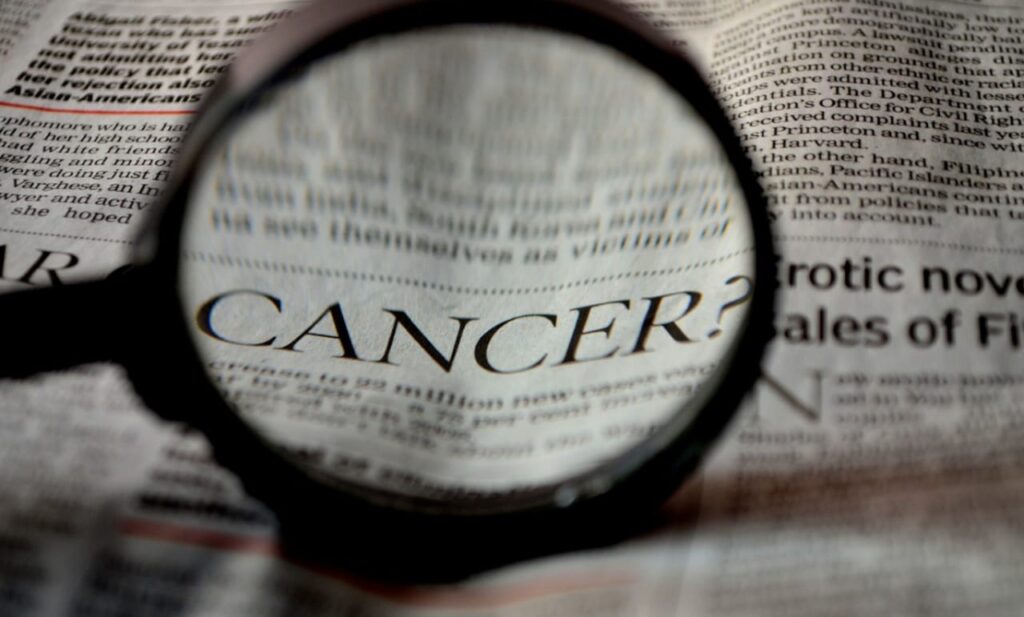
For nearly three decades, the United States has seen a steady drop in cancer-related deaths, marking one of modern medicine’s most significant public health achievements. According to the latest annual report released by the National Institutes of Health (NIH), cancer mortality rates have fallen by 33% since 1991, saving an estimated 3.8 million lives. While this trend underscores progress, experts emphasize that disparities persist—and the fight against cancer is far from over. Here’s what’s driving the decline and what challenges remain.
The Big Picture: Fewer Deaths, More Survivors
The decline in cancer deaths isn’t sudden or random. It’s the result of decades of research, policy changes, and grassroots efforts to improve prevention, detection, and treatment. Lung cancer, for example—the leading cause of cancer deaths—has seen mortality rates drop by 58% among men since 1990, largely due to reduced smoking rates and better therapies. Similarly, colorectal cancer deaths have fallen by 55% in adults over 50, thanks to colonoscopies and lifestyle shifts. Breast cancer survival rates, too, have climbed, with a 43% mortality reduction since the 1980s.
But these numbers don’t tell the whole story. While overall deaths are down, certain cancers—like pancreatic and brain tumors—remain stubbornly lethal. Meanwhile, rising rates of obesity and alcohol use threaten to reverse gains in cancers linked to lifestyle, such as liver and kidney cancers.
Prevention: The First Line of Defense
Preventing cancer before it starts remains the most effective strategy. Tobacco control stands out as a landmark success. Smoking rates have plummeted from 42% of adults in 1965 to just 12% today, thanks to taxes, advertising bans, and public health campaigns. Vaccinations are another triumph. The HPV vaccine, introduced in 2006, has already reduced cervical cancer rates by 65% among women in their early 20s. “We’re seeing the real-world impact of prevention,” says Dr. Karen Knudsen, CEO of the American Cancer Society. “These tools save lives without requiring a single scan or surgery.”
Still, preventable cancers claim thousands of lives yearly. Less than 15% of eligible Americans get screened for lung cancer, despite guidelines recommending annual CT scans for heavy smokers. Sun safety habits lag, driving a surge in melanoma among adults under 40. And while obesity now rivals smoking as a cancer driver, only a handful of states fund nutrition programs targeting at-risk communities.
Early Detection: Catching Cancer Before It Spreads
When cancer is caught early, survival rates skyrocket. Mammograms, Pap tests, and colonoscopies have become routine, but newer technologies are pushing boundaries. Liquid biopsies, which detect tumor DNA in blood, could revolutionize screening for hard-to-diagnose cancers like ovarian or pancreatic. Meanwhile, AI-powered imaging tools are helping radiologists spot subtle tumors missed by the human eye.
But access to these innovations is uneven. Rural patients often travel hours for screenings, and cost remains a barrier. A 2023 study found that 35% of Americans skipped recommended cancer tests due to expense. “Early detection only works if it’s equitable,” notes Dr. Robert Winn, director of the Virginia Commonwealth University Massey Cancer Center. “We need to bring these tools into communities, not wait for patients to find them.”
Treatment Breakthroughs: Precision Medicine and Immunotherapy
Treatment advances have turned once-fatal cancers into manageable conditions. Targeted therapies, which attack tumors based on their genetic makeup, have doubled survival times for some lung and breast cancer patients. Immunotherapy, which harnesses the body’s immune system to fight cancer, has revolutionized care for melanoma and lymphoma. Even advanced cancers are being reclassified as chronic illnesses, with patients living years—even decades—longer.
Clinical trials are accelerating progress. The FDA approved 22 new cancer drugs in 2023 alone, including therapies for rare childhood cancers. Yet many patients never benefit. Minority groups make up less than 10% of clinical trial participants, and rural clinics rarely offer experimental treatments. “We’re in a golden age of cancer research, but not everyone has a seat at the table,” says Dr. Ned Sharpless, former NIH director.
The Equity Gap: Who’s Being Left Behind?
Despite progress, stark disparities persist. Black Americans die from cancer at higher rates than any other group, with mortality rates 12% above the national average. Native Alaskans face stomach and liver cancer rates triple the U.S. average. Poverty plays a role—low-income patients are 40% more likely to die within five years of diagnosis—but so does systemic bias. Studies show Black women are less likely to receive pain medication or genetic testing, even when insurance is equal.
Geography adds another layer. Nearly 30% of rural hospitals lack oncology services, forcing patients to choose between grueling travel or substandard care. Telehealth has eased some burdens, but broadband gaps leave 21 million Americans without reliable internet. “Cancer doesn’t care about your ZIP code, but our healthcare system does,” says Dr. Lisa Coussens, president of the American Association for Cancer Research.
The Road Ahead: Challenges and Opportunities
Looking forward, experts stress that sustaining this decline requires tackling emerging threats. Obesity-related cancers are projected to rise by 30% by 2030, while climate change could increase exposure to carcinogens like air pollution. On the flip side, mRNA vaccine technology—pioneered during the COVID-19 pandemic—offers hope for preventing cancers caused by viruses like Epstein-Barr or hepatitis B.
Policy changes could also move the needle. Expanding Medicaid in holdout states would cover 2 million uninsured cancer patients. Stricter regulations on forever chemicals (PFAS) and asbestos could prevent thousands of cases yearly. And increased funding for minority-led research could close equity gaps. “Progress is possible, but it’s not inevitable,” warns Dr. Monica Bertagnolli, NIH director. “We have to choose to prioritize health—for everyone.”
